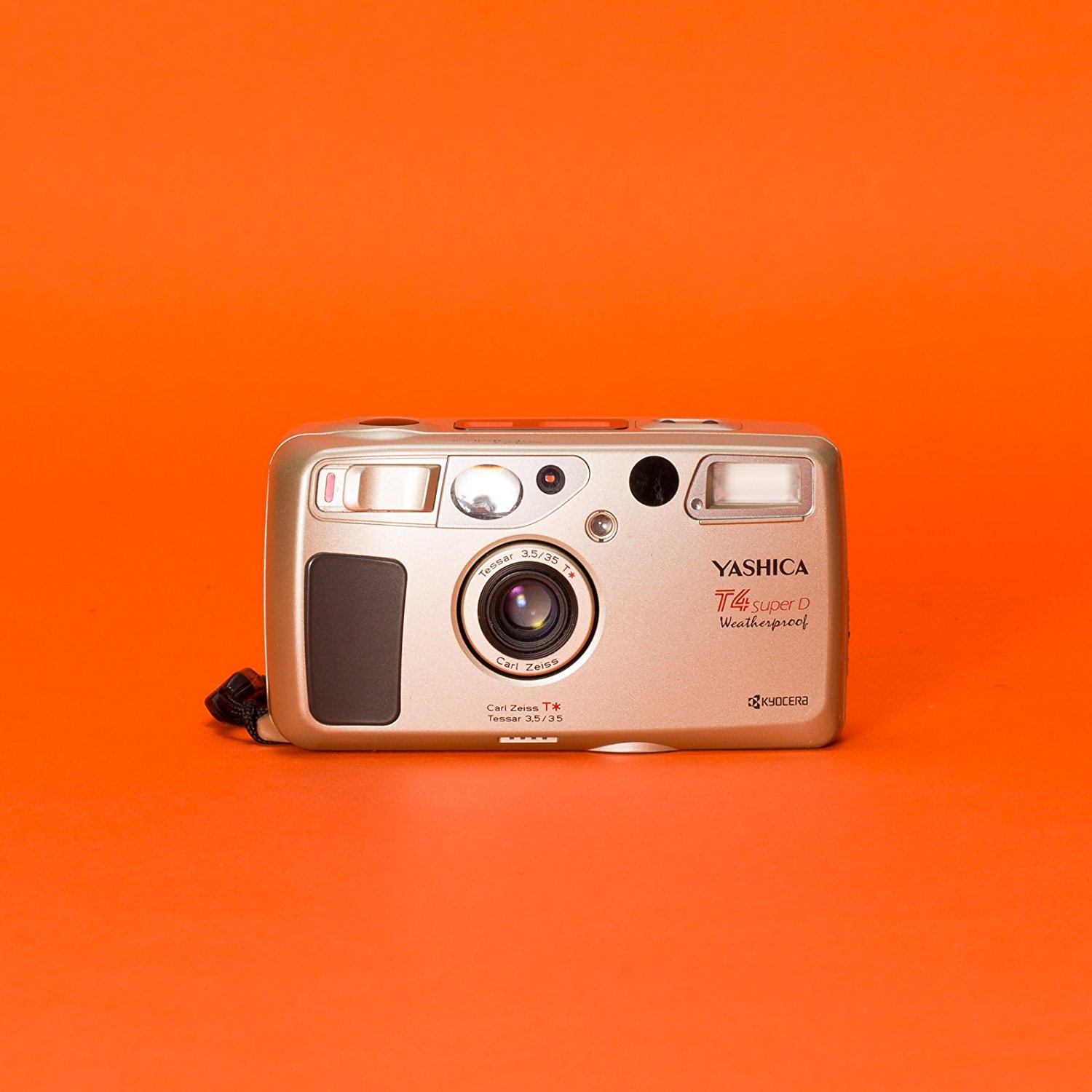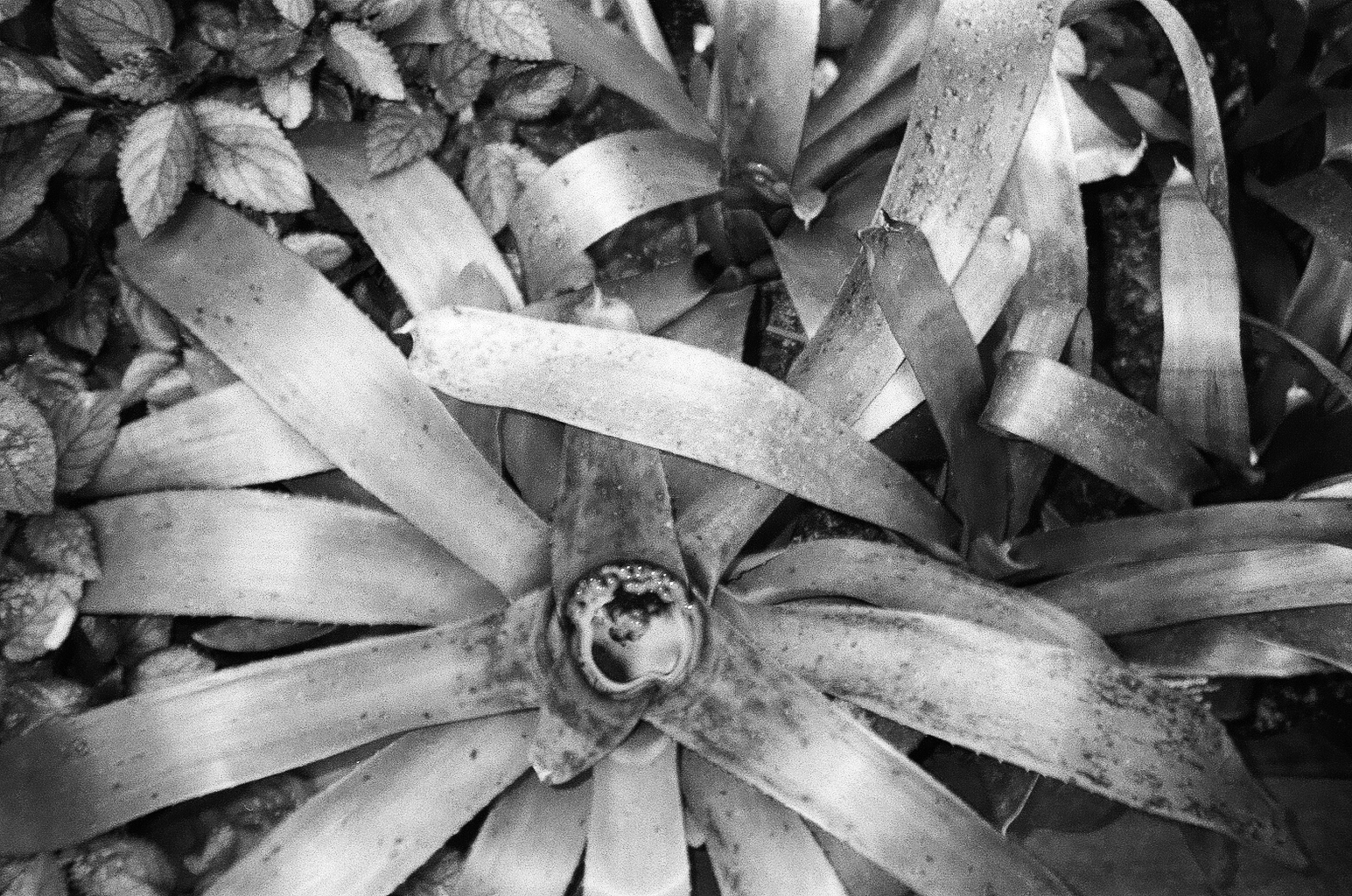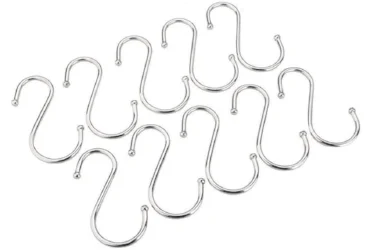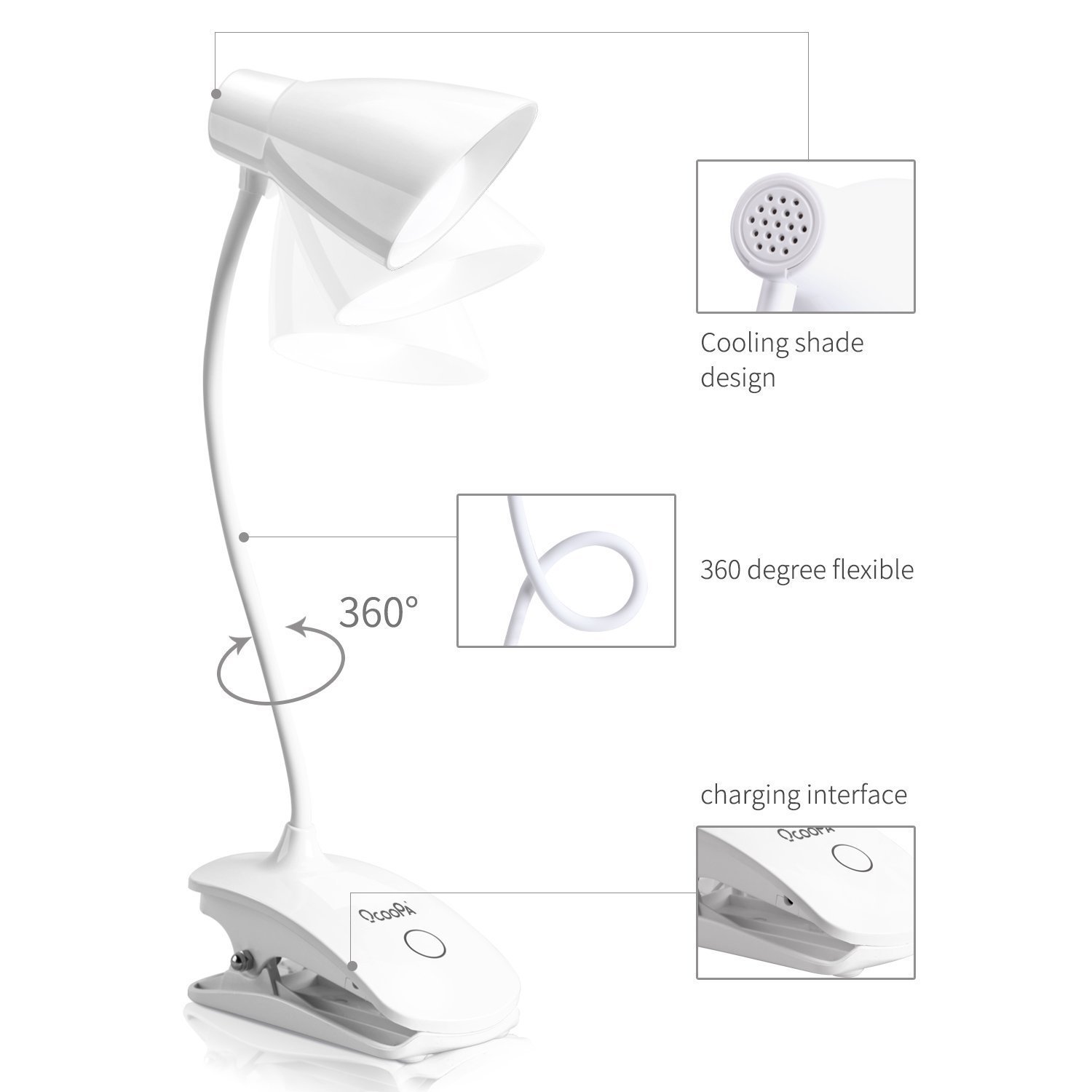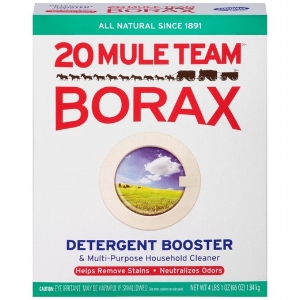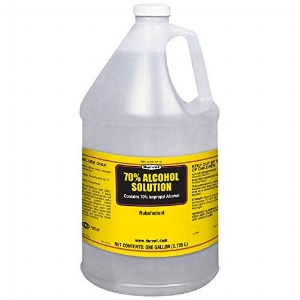If you're wondering how to get started in the taxidermy industry, you're in the right place. Having a career preserving animals can be fulfilling and profitable, but only if you approach it the right way. I started out way back in 2012, working my way through college with a friend who needed help on her mammalogy homework. One thing led to another and an opportunity to learn how to skin a dead squirrel has turned into a career which has allowed me to teach at an Ivy League university, participate (and win a ribbon!) in a national competition, and travel the world showing others the ropes.
Here are my best recommendations and pieces of advice for becoming involved in the preservation industry:
Take a class or buy a kit or guide book before you commit to going to taxidermy school
Taxidermy school (in my opinion) is not 100% necessary but whether it is beneficial to you or not depends on how you learn
Respect those who have come before you, but recognize that innovation is also important in our changing world
Be willing to do some hard work if you are seeking advice or education for free
Google is your friend (and I'm not being sarcastic) - I'm going to go over some free resources that don't require taking advantage of anyone else's time or money (or yours, aside from your internet bill)
1) TRY TAXIDERMY BEFORE YOU SPEND A BUNCH OF MONEY
The last thing you want to do is spend thousands of dollars on an education that might not be for you. You wouldn't sign up for art school if you hadn't at least tried painting on your own first, right? Taxidermy is the same! Taxidermy schools are available around the world, but I will focus on ones in the US since that's where I live and that's what I'm most familiar with. Typically you must pay for your own lodging and food, transportation, tuition, and in many cases you must purchase your materials (specimens) separately. Intensive taxidermy curricula last around 4-6 weeks on average. If you don't live very close to a taxidermy school (i.e. in rural Wisconsin or Montana or elsewhere that schools are located) you're looking at a total of at least $10k - and that's a lot of money for most people! Most of those fees are non-refundable so if you get to school on the first day, make your first cut, and realize that the sight of a deer carcass with its tongue hanging out isn't quite your thing, you're out a LOT of money.
So how do you know if you can handle it? The easiest way is to take a one-day class, most of which cost $300 or less. You can Google "[insert major city] taxidermy class" and you will likely find something, but if you're looking for a good excuse to take a vacation you can always travel to another city for a lesson as well! There are many reputable, knowledgeable, and friendly taxidermists in cities around the world offering affordable lessons.
If that's out of your budget, the next best thing is to buy a guide to taxidermy. I offer one for $20 on my online shop, but there are plenty of printed guides out there as well. If you're shopping on Amazon, try to find one that is dedicated specifically to the process rather than a snapshot of the industry and ethics as a whole. This will help you more in the short term for your first few projects - you can always read about the history separately!
2) IF YOU ARE ATTENDING TAXIDERMY SCHOOL, BE CAREFUL
There are several schools out there that are run by people with their own lines of taxidermy products, like forms and eyes. While it's not inherently bad to be someone with a line of products who also teaches classes, there are some schools that will ONLY teach you how to use their specific products (like forms with preset eyes) so that once you graduate, you are completely reliant on their lines of goods. Make sure that if you choose a school, it's one that shows you how to make do with many different types of products. For instance, if a school can't show you how to use earliners AND how to do Bondo ears (these are the main two ways to keep taxidermy ears upright) and only uses their own line of products to create a dependency, steer clear!
As a taxidermist, you'll quickly learn that not every project goes completely as planned. You'll need to think quickly on your feet and innovate when a project calls for it - so if one method doesn't work, you should always have a second to fall back on. As you all know, there's more than one way to skin a cat... and your taxidermy teacher should be able to teach you all of them!
3) RESPECT YOUR ELDERS...
If you're new to any type of craft, industry, community, etc., it should be common sense not to shit all over the people who have laid the groundwork for your success. Of course, common sense isn't as common as we wish it was, so I'm putting this reminder here. While you may have some great ideas, it's always a good idea to get your footing on a solid foundation - most of which was created by those who came before you. Make sure you're kind to the folks who can help you!
Political leanings aside, I have such a strong bond with the folks who have been practicing taxidermy for decades before me (some for longer than my parents have been alive). Without them, I couldn't have gotten to where I am today!
4) ...BUT REMEMBER THAT HISTORY ISN'T PERFECT
One of my favorite taxidermists of all time is Martha Maxwell, a woman who explored much of the wilderness west of the Mississippi and collected specimens to create the first lifelike dioramas that I am aware of. She also came up with the idea of carcass casting, a process in which the carcass of an animal is utilized to replicate a form that goes inside the hide during mounting for prime anatomical accuracy. Unfortunately most of her innovations and discoveries are credited to a man named Carl Akeley, often referred to as "the father of the modern taxidermy industry" even though all of "his" ideas were created by Maxwell some thirty years earlier.
At this point in time, more than 100 years later, history cannot be corrected but we can do better moving forward. I can't deny that Akeley was monumental in normalizing taxidermy and making it a huge part of our nation's natural history museums, but he also scrubbed out women's contributions to the industry in his wake. As you walk the path to becoming a taxidermist (or an expert in any field, really) please remember to give your thanks to those who created that path for you in the first place.
5) BE WILLING TO WORK
With the internet the way it is, it's so easy to see someone succeeding at something and be tempted to just ask them for help becoming successful at the same thing... but please don't! If you don't have any experience in a craft that's new to you, you have to do some work on your own before trying to squeeze advice or help out of someone.
Apprenticeships are a great way to learn the ropes in any type of craft, but you have to do work in exchange for your free education. Like tattooing, you should be willing to practice on your own at home first (please don't try to skin your own leg, though... you know what I mean here) and show your potential mentor that you're serious! If you don't have months or years to dedicate to apprenticing for an established taxidermy business, use the types of classes or tutorials I mentioned above to get some experience under your belt.
As far as asking for advice from people you see online, it's really great to start out with something like "Hi, I was wondering if I could make a small donation in exchange for asking you a few questions. What is the best way to contact you? If you're not able to help me, could you point me in the direction of someone else that could?"
This lets the person know that you respect their time and that you're serious about learning from them. Just today I had someone offer me a small donation who was VERY kind in their messages. I told them not to worry about it because they had been so nice, helped them with the project, and they made a donation anyway which brought actual tears to my eyes.
6) GOOGLE (AND THE REST OF THE INTERNET) IS YOUR FRIEND
If you're itching to learn something specific about preserving specimens, whether it's housing dermestid beetles or diaphonizing fluid-preserved specimens, there's someone on the internet that's written about it. In my experience, universities have the best articles because they're written by Ph.D. students that have dedicated YEARS of their lives to perfecting a certain type of specimen preservation. I have tons and tons of these articles bookmarked on my computer for future reading.
The forums on taxidermy.net and Reddit dedicated to giving taxidermy advice are very helpful. If you aren't someone who handles criticism well (I'm one of them, and I don't post often!) it's totally fine to just lurk and ask questions about other people's projects! Taxidermy.net also has a buy/sell/trade forum, but please make sure that if you're new, you abide by the rules so you don't bump old ads from five years ago back to the top and ruin the workflow.
Finally (for this bullet point), buying old taxidermy books on eBay is great. There's a magazine called Breakthrough that is particularly helpful and if you get a few from different years you can see how the landscape of the taxidermy industry is changing.
Here are some of my personal resources that may help:
My e-book and class calendar
These are important posts too: preventing the commodifying of protected species, and how I feel about the phrase "'ethical' taxidermy".
I think that's all I've got for right now, but feel free to leave a comment or shoot me an email if there's more that you think should be added to this post. I'm always happy to help people when I can, so if you need something specific don't hesitate to reach out via email (no Instagram DMs, please), but keep in mind that kindness is appreciated and that if your project seems super intense I may ask you to make a small donation ($1, for real) to make sure you're not just trolling me.
Lastly, if you've been inspired to try taxidermy because of me please send me photos of your projects! I would truly love to see them.
Have an amazing day!
xoxo
Mickey
LOOKING FOR A SPECIFIC BLOG POST? CHECK OUT MY ARCHIVES HERE.

